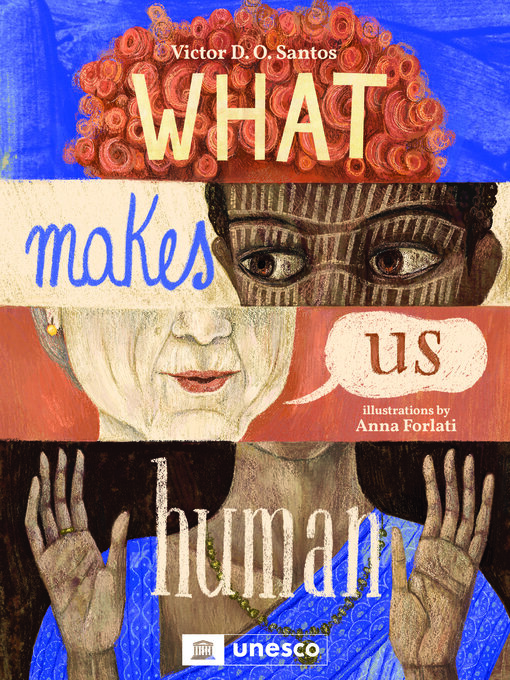National Council for the Social Studies-Children’s Book Council Notable Social Studies Trade Books for Young People List - Kindergarten to Second Grade (2025)
USBBY Outstanding International Books List (2025)
"The profundity of the topic of language itself hits its mark. A beautiful addition to all libraries." — School Library Journal (STARRED REVIEW)
A poetic riddle about language, history, and culture, released in partnership with UNESCO in honor of the International Decade of Indigenous Languages (2022-2032).
Can you guess what I am? I have been around a very, very long time. You hardly knew me as a baby, but now you cannot get me out of your head. There are thousands of me, all over the globe, and some of those forms are disappearing. I can connect you to the past, present, and future. Who am I—and why am I so important to humanity?
Clever and thought-provoking, What Makes Us Human is an accessible introduction to how language connects people across the world. This unique book celebrates all the amazing ways communication shapes our lives, including through text messages on phones, Braille buttons in elevators, and endangered languages at risk of disappearing.
Center for the Study of Multicultural Children's Literature Best Books List (2024)




